Many walkers swear by them, while others swear they are a nuisance. Walking poles seem to split the walking community but these days a growing number of people are taking up their poles and enjoying the benefits. And research reveals there is a lot to recommend the use of walking (or trekking) poles or sticks if you plan to head off on a walking holiday, especially if you daily walks will be long or hilly, or both.
Why use trekking poles?
It has been shown that using walking poles will reduce the accumulated stress on the feet, legs, knees and back by sharing the load more evenly across the whole body. This is especially true when carrying a heavy pack on your back.
Trekking poles can also:
- Protect knees, especially when walking down steep hills.
- Improve your power and endurance when walking uphill.
- Aid balance on uneven trails.
- Improve posture, making walkers more upright as they walk and in turn this can help breathing.
- Increase speed, especially going downhill.
- Provide extra stability.
- Reduce fatigue and improve endurance.
- Burn more calories by providing an upper body work out as well as a legs workout.
- Strengthen muscles that support the spine.
- Build muscles in arms, shoulders and neck.
Evidence of the benefit of poles
My partner G is a walking pole user while I am not. He likes the sticks because he has a weak ankle that becomes painful when walking long distances. He finds the poles keep some of the weight off his ankle. He also tells me that the walking poles aid his balance and offer extra power when walking uphill. When he walks downhill with the poles, he is usually far faster and more efficient than me, who trails behind without the poles. I have tried walking with poles but I find they get in the way. It could be that I have not practiced enough or that I am simply uncoordinated! But I should probably persevere because I am sure they would stop my knees from becoming painful when walking downhill and aid my balance on steep uphills. G also tells me of something he read about expedition leaders who regularly used walking poles being able to work for many years longer than non-walking pole peers. The use of the poles reduced the wear and tear of walking and as the leaders became older hey could still carry on walking.
Get the pole length right
Most walking pole manufacturers offer guidelines as to the right length for your height. Some walkers say that poles should be adjusted according to the terrain. So poles are set longer for descending and shorter for ascending. Some poles boast long handles so walkers can move their hands up and down the handle according to the terrain. As a general rule, the pole should be set to a length that allows your hand to lightly grip the handle while your arm is at a right angle to the ground. That is, your forearm is parallel to the ground and bent at the elbow.
Why the walking pole wrist straps?
The straps make a useful addition to the poles, which allow you to walk with a looser grip and a more relaxed style. To make best use of the straps place your hand up through the strap and form a large O-shape with your thumb and forefinger. Then slide it down around the handle of the pole. This means that when you apply downward pressure to propel yourself forwards, it is transferred not from your tight grip on the pole handle but from the tension applied between the wrist and strap. So as you stride along your poles become an extension to the flow of your wrist, arms and whole body movement.
What to look for when hiking sticks
The price range of poles will suit all budgets. You can pick up a pair of poles for as little as £10 or pay more than £100. But the most important aspects are comfort (especially the handle) and durability.
Travelling with your walking poles
If you plan to walk abroad or need to use public transport to get to a walk make sure the poles can be shortened or folded up while travelling. If you can fit the poles into a travel bag or attach them to the outside of a rucksack in a shortened form they are easier to travel with. Suzanne Russell, of poles manufacturer Leki, says: “Most good quality poles, including the majority of Leki poles, can be folded down to 60-70cm when not in use and some models go down to as little as 33cm so it shouldn't be a problem taking them on public transport. “When it comes to planes, you need to check with each airline but most won’t allow poles to be taken into the cabin as they are. You should therefore fold the poles small enough to fit into a suitcase.”
Check out our walking pole gear guide.
Our team of specialists are here to help you plan your adventure, contact us for advice & inspiration.












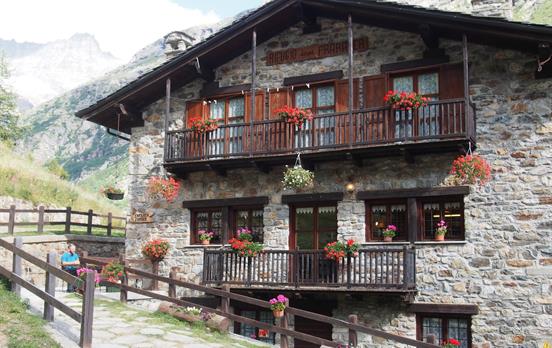





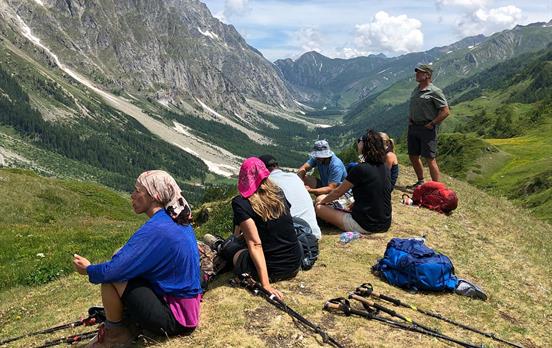
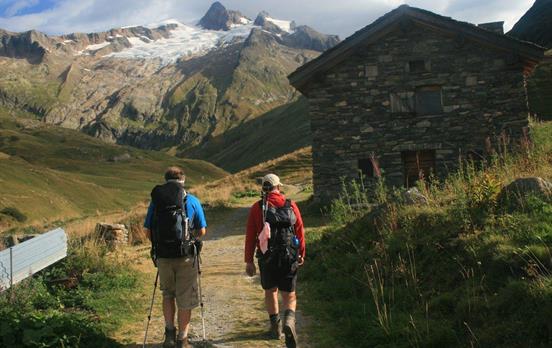
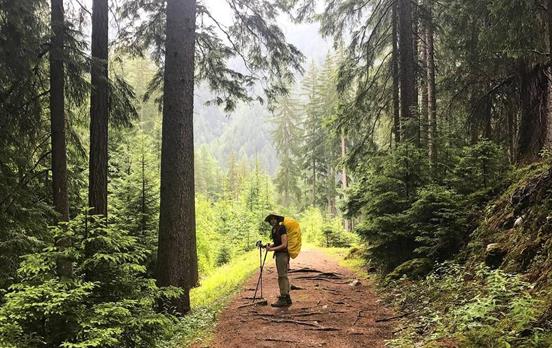
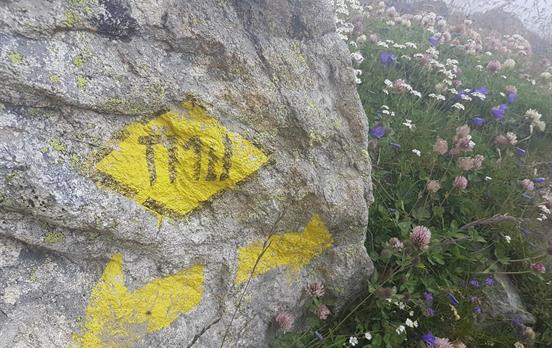
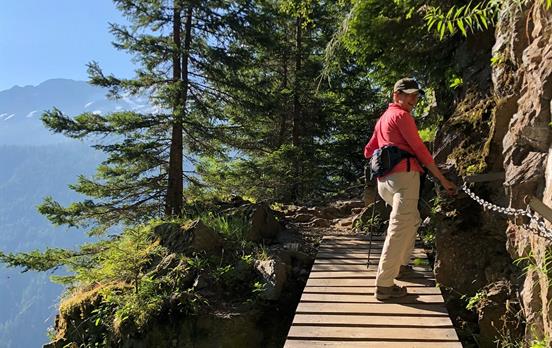



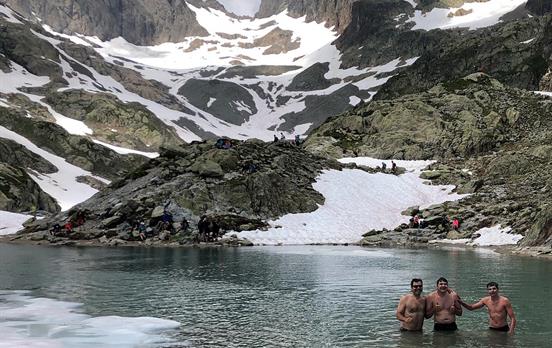

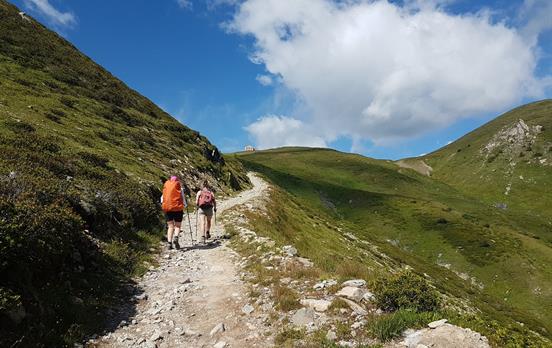




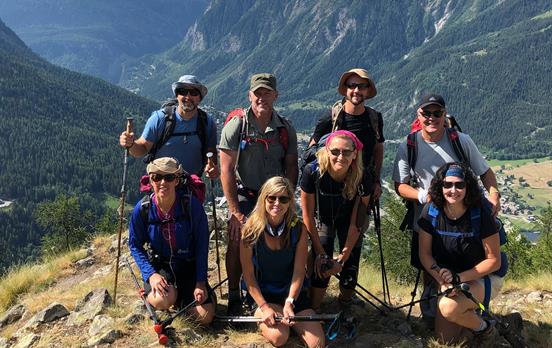








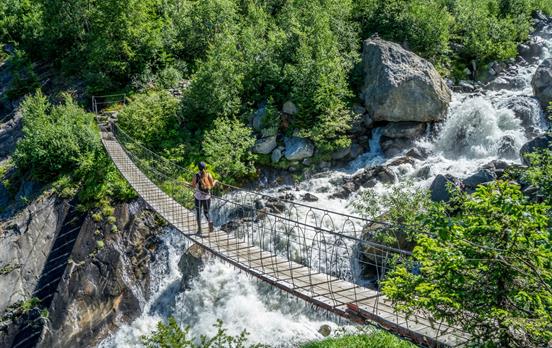
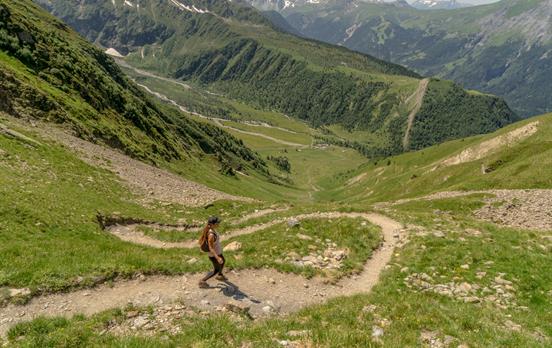





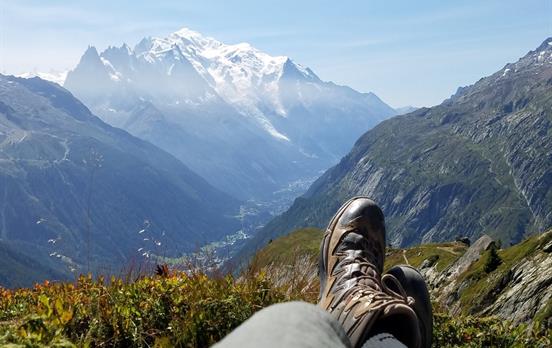





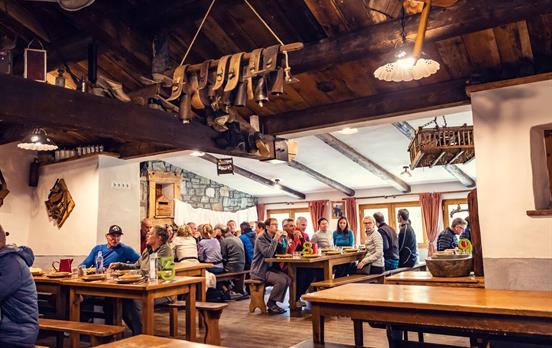

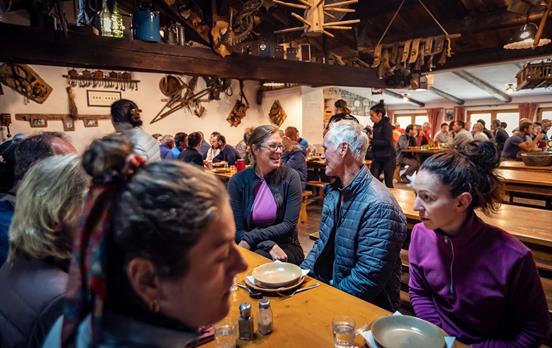






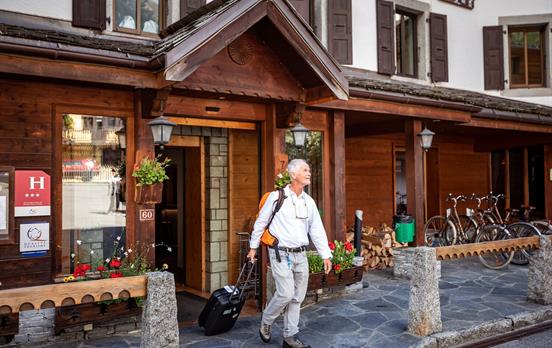

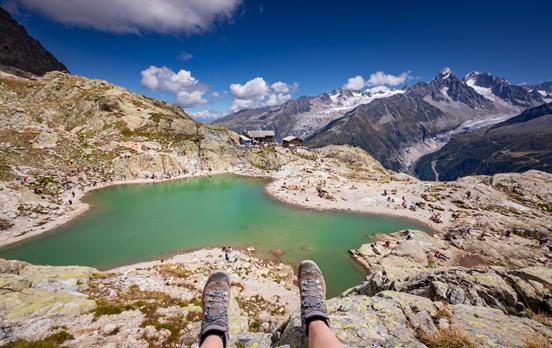









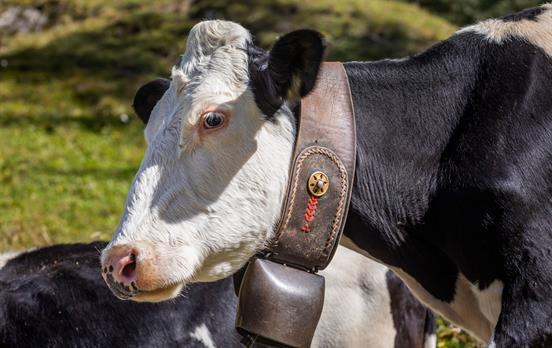












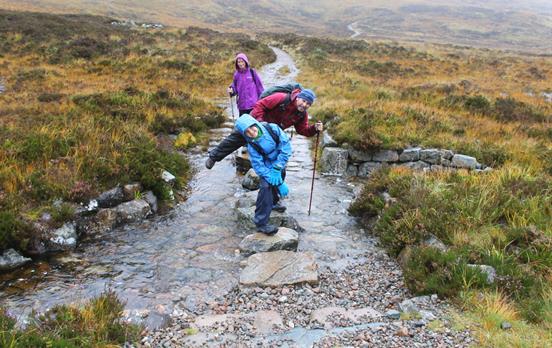









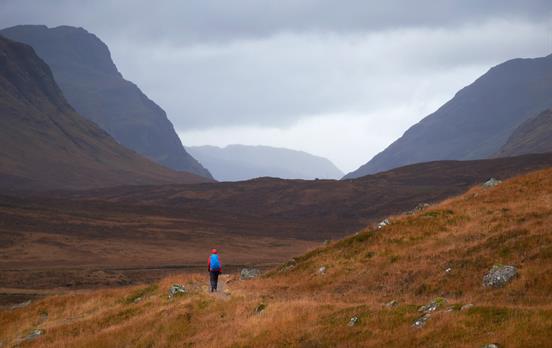
































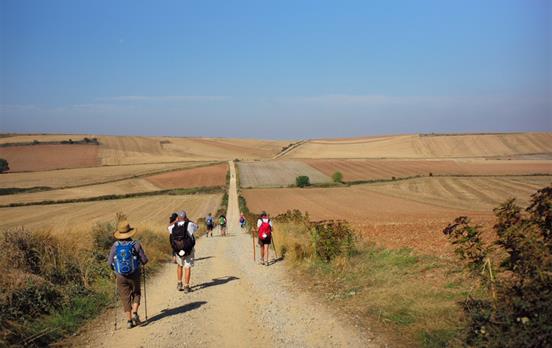





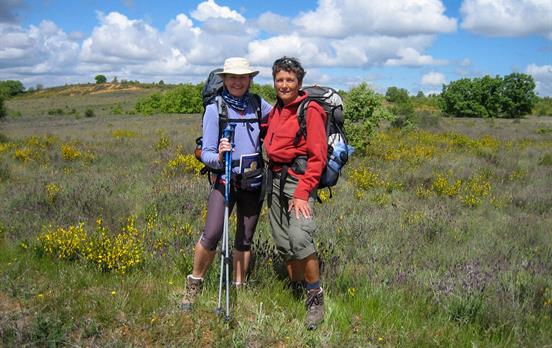








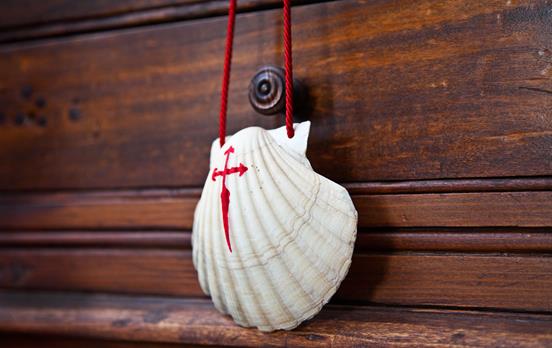
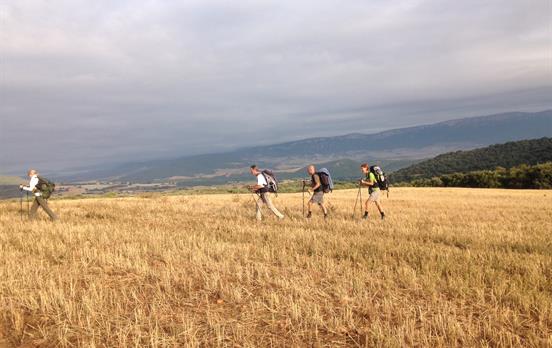
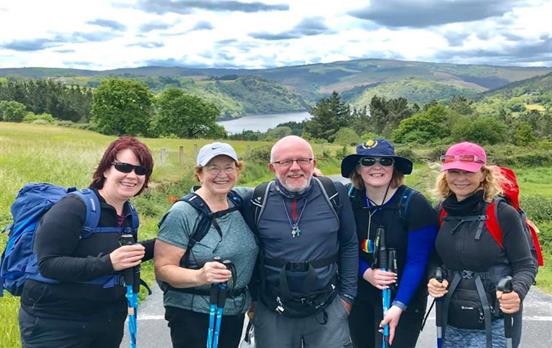









 Australia
Australia New Zealand
New Zealand South Africa
South Africa European Union
European Union